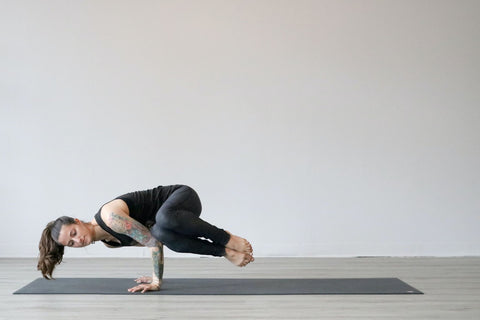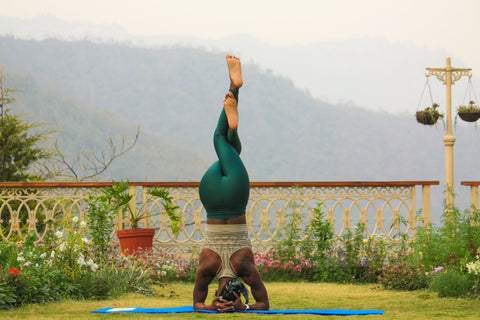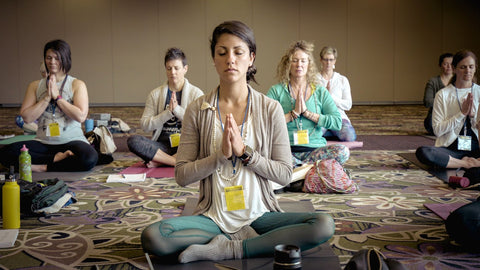When I was going through yoga teacher training, I was told by my teacher, “when practicing meditation or even yoga, you should always have a sacred object in front of you.”
For some reason, this lesson always stuck and resonated with me. In every house I have lived in (about four since then), I have always set up a meditation space first and foremost. Sometimes, the meditation space is a whole room (as with my house now) or sometimes it’s just a little corner where I sit and create space to focus my mind. Regardless of the size, my meditation space always serves to connect me to my practice and reminds me of the sacredness of yoga.

As I learned more about the importance of sacred objects, I understood that they are used to strengthen the connection to the eight limbs of yoga. In sacred yoga philosophy, we want to be one with the divine, and with the help of sacred objects, we are able to connect and realize our own divinity.
So, what are some other reasons for having a meditation altar?
A meditation altar can serve as a physical reminder to do your practice and take time for yourself. Creating a meditation space not only helps me focus my mind, but also keeps me motivated to meditate daily.
Conversely, I also house sit and, when I do, I find it harder to keep consistency in my mediation practice without a physical meditation space. House sitting really just re-enforces how important an altar for meditation is for me.
In addition, a meditation room or space can help the people around you understand your own commitment to self-care. When I enter my meditation space, my partner always knows that it is time to give me space and silence for a few minutes. This can be especially true if you have children; having a space teaches them that it’s mom’s time.
Building a meditation altar and space

Learning how to set up a meditation altar is easier than it sounds.
First, you need to find a place to hold your sacred objects. It could be a piece of wood, table, end table, or an old storage box with a tablecloth on it.
On whatever surface you choose, place a few “sacred objects.” However, I want to be very clear, a sacred object does not have to be confined to one specific thing. On my alter, I have statues or pictures of the Hindu deities, but that’s because it resonates with me. A sacred object can be a bible, rosary, prayer beads, crystals, a picture of nature, or a picture of a family member. The sacred object is anything that is sacred for you and reminds you of your divinity!
On my meditation altar, I also like to place a candle. Lighting the candle sets my focus for meditation and reminds me that it's time to practice mindfulness. I also place sage and Palo Santo, which are both used to clean any negative energies in my space, as well as a mala necklace to help with my chanting practice.
While these sacred symbols and practices work for me, it doesn’t mean that this is true for everyone. It is up to you to choose sacred objects that best speak to you and help strengthen the connection to your practice.
Tips for the best meditation altar

You may also want a meditation pillow, yoga mat, or a few yoga props in your meditation set up. When building a meditation room, really think about your practice and what it may consist of. If it mostly consists of posture work, make sure to have a mat. If you enjoy a bhakti practice (devotional practice), have a mala and or deity handy.
Whenever you set up your meditation alter or space, keep in mind it should be private— a place for stillness with little to no interruptions. It should honor what speaks to you in your practice. And, if meditation isn’t for you, it still is in your best interest to have a physical mindfulness space. Maybe instead of mediating, you use your mindfulness space to set goals, do work, or even just relax.
About the Author

Alexandra Padilla is a yoga instructor at various studios and gyms around Albuquerque, New Mexico. She owns her own yoga business, SavaYoga where she brings yoga to breweries, senior living facilities, offices and more. She truly believes that yoga is for everyone and, as a result, fights to make yoga affordable and available to everyone.






